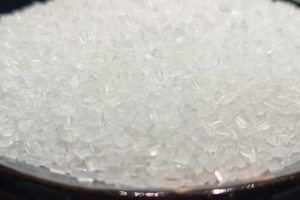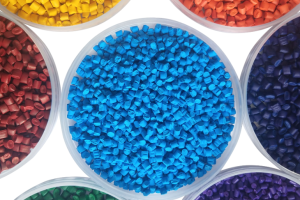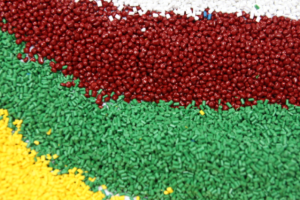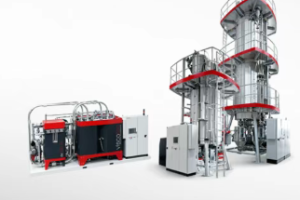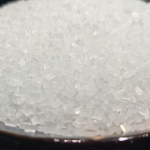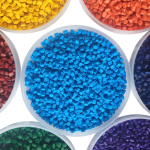November 22, 2024 – Thermoplastic Polyester Elastomer (TPEE), also known as polyester rubber, is emerging as a star in the world of thermoplastic elastomers, capturing widespread attention due to its unique performance advantages. This linear block copolymer, composed of PBT polyester hard segments and aliphatic polyester or polyether soft segments, offers a combination of rubber elasticity and thermoplastic processability, along with adjustable hardness and a high degree of design freedom.
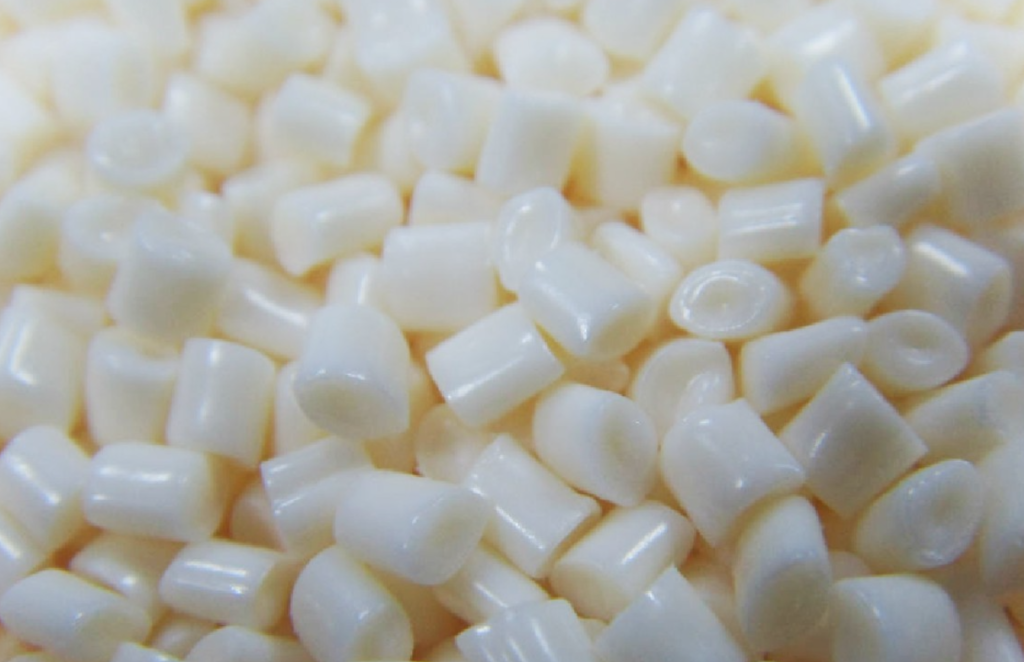
The preparation of TPEE primarily involves transesterification and polycondensation reactions of terephthalic acid, BDO, and PTMGE. This chemical process results in TPEE possessing exceptional properties, including high strength, elasticity, impact resistance, creep resistance, cold resistance, bending fatigue resistance, oil resistance, and resistance to various chemicals and solvents. These characteristics have led to TPEE’s widespread application in automotive parts, hydraulic hoses, cables and wires, electronics, and electrical appliances.
According to AsiaMB, TPEE’s mechanical properties are particularly outstanding. By adjusting the ratio of hard and soft segments, its hardness can range from Shore D32 to D80, with elasticity and strength falling between rubber and plastic. Under low strain conditions, TPEE’s modulus is higher than other thermoplastic elastomers of the same hardness, reducing the material usage in products. Additionally, compared to polyurethane elastomers, TPEE boasts higher compressive and tensile moduli, enabling it to bear greater loads and making it particularly suitable for high-temperature components.
Beyond mechanical properties, TPEE’s heat resistance is noteworthy. It can withstand the baking temperatures on automotive production lines with minimal loss of mechanical properties at high temperatures. Simultaneously, TPEE exhibits excellent low-temperature performance, with a brittle point below -70°C and the ability for most products to be used long-term at -40°C. This balanced performance at both high and low temperatures results in a very wide operating temperature range for TPEE.
In terms of chemical medium resistance, TPEE also shines. It is resistant to most polar liquid chemical media and organic solvents, with extremely low fuel permeability. Furthermore, TPEE demonstrates good weatherability and aging resistance, maintaining chemical stability under conditions such as water mist and ozone.
TPEE’s processing and molding properties are equally impressive. With good melt stability and thermoplasticity, it can be processed using various techniques such as extrusion, injection molding, and blow molding. Additionally, TPEE can be modified and blended with other materials, such as POM, PBT, and PET, to further enhance its performance and application range.
In product applications, TPEE has demonstrated its versatility. From automotive antennas, engine intake manifolds, drive shaft boots, and airbag housings to hydraulic tubes, inflatable tubes, and other industrial products, TPEE has earned market recognition for its superior performance. It is also used in electronic devices, optical cables, and everyday items such as combs and protective gear.
In summary, Thermoplastic Polyester Elastomer (TPEE) is gradually becoming a shining star in the chemical industry, thanks to its unique performance advantages and wide range of applications. With continuous technological advancements and market expansion, the application prospects for TPEE will become even broader.

